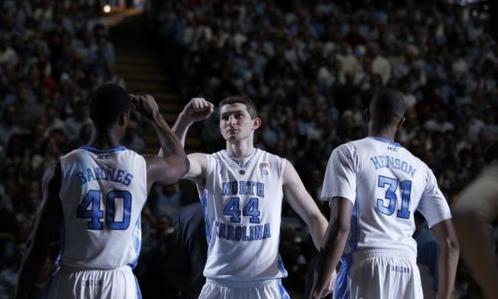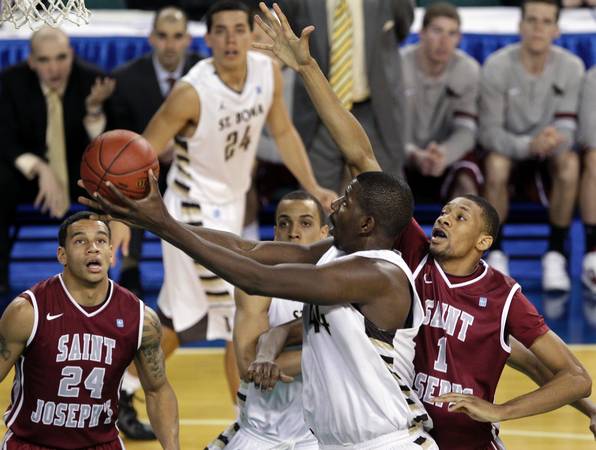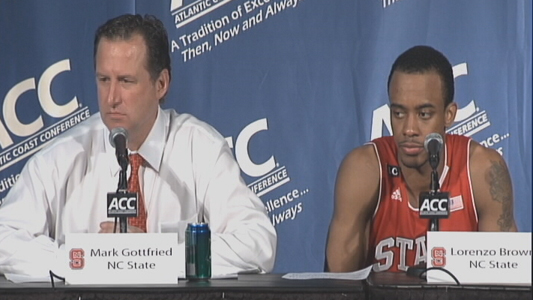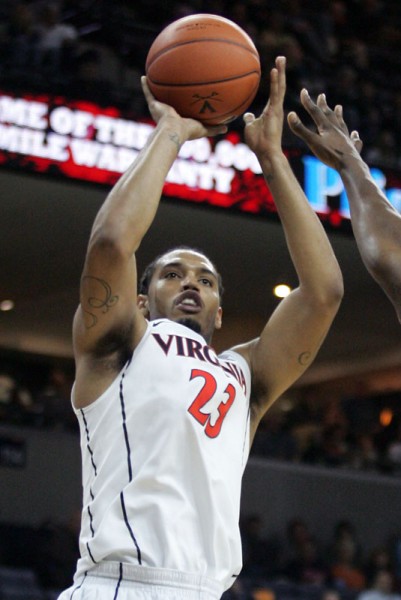Posted by KCarpenter on March 13th, 2012
On Selection Sunday, the brackets were revealed and five different ACC teams found themselves dancing. Poor Miami didn’t make the cut, but when all you have to point to is a win against Duke and Florida State, it’s hard to fault the committee for taking a pass. (Remember last year when Virginia Tech had a Duke win and two Florida State wins and didn’t make it? Seth Greenberg does.) In any case, five teams made the cut and have been matched-up and seeded. We’ll have more in-depth analysis of each of the games, but for now, I just want to take a minute and have a quick look at how the placement of each of the ACC teams affects the chances at a good run in the tournament.
North Carolina (#1 seed in the Midwest)
The Tar Heels don’t have a lot to complain about. Sneaking into position for the third top seed behind Kentucky and Syracuse, North Carolina is strongly positioned for a good run in the tournament. The top half of the Midwest is relatively weak, and UNC’s only reason for complaint has to do with the #2 seed. Kansas is the top #2 seed and if they meet North Carolina in St. Louis, there should be a distinct Jayhawk crowd advantage. By the overall seeding chart, North Carolina should have had Duke as the #2 seed in its region. Of course, since the committee seeks to avoid regions with the top two seeds in the same conference, the two seeds got shuffled around. Potential intrigue on the path to the Final Four? Creighton at the #8 seed sets up the Ames Bowl, where Harrison Barnes would get to face his high school teammate Doug McDermott, who has been having one of the best seasons in college basketball. Meanwhile, the presence of Georgetown, Michigan, and, of course, Kansas summons memories of past tournament showdowns: each of these teams was the runner-up from each of UNC’s first three national championships. The Kansas match-up also would give us plenty of reason to re-run this amusing clip (not that we need any additional reason to watch it again).
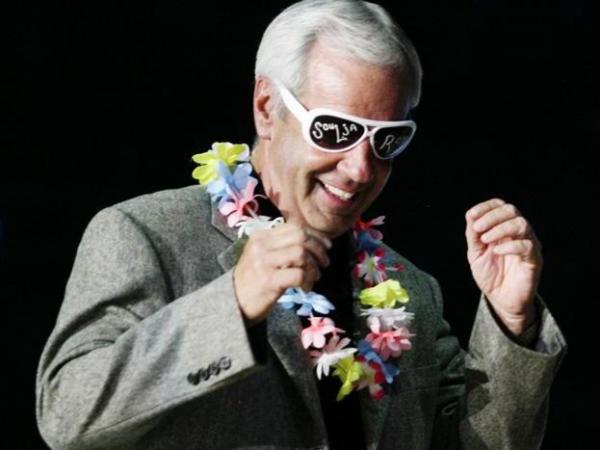
Roy Won't Be Smiling If He Has To Face Kansas In Saint Louis
Duke (#2 seed in the South)
All in all, I think Duke made out fairly well. Sure, they got stuck in the same region as Kentucky on the 20th anniversary of “The Shot”, but honestly, the championship runs through the Wildcats. If you want to win it all, you will probably have to beat Kentucky. The rest of the region is significantly less impressive. Baylor, Indiana, and Wichita State have all shown signs of weakness, faltering down the stretch. All of these teams are capable of great things, but it’s hard to expect consistent quality out of any of them. The team that stands out as maybe the most dangerous is UNLV. The Rebels have also had their troubles during the course of the season, but they have an element of danger and unpredictability that makes me think that they could offer some nasty surprises for their opponent. It’s reasonable to predict Duke to make the Elite Eight and if the Blue Devils can make it past Kentucky, the rest of their tournament will be a breeze. It sounds so easy when I say it like that, doesn’t it?
Read the rest of this entry »
| acc, microsites
| Tagged: duke, florida state, harrison barnes, miami, north carolina, virginia, virginia tech
Share this story





























